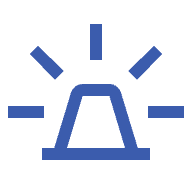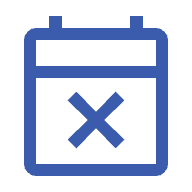Links
Customer Service
Monday to Friday - 8 AM to 7 PM CST
Insurance coverage underwritten by individual member companies of Zurich in North America, including Zurich American Insurance Company (NAIC #16535, state of domicile: New York), 1299 Zurich Way, Schaumburg, IL 60196. The product descriptions provided above are only summaries. The full coverage terms and details, including limitations and exclusions, are contained in the insurance policy. Coverage and rates may vary by states. If there is any conflict between the contents of this website and the Policy, the Policy will govern in all cases. Travel Assistance Services are provided by the designated provider listed in the policy or on your Confirmation of Coverage. Travelex Insurance Services, Inc. 810 North 96th Street, Suite 300, Omaha, NE, 68114. CA Agency License #0D10209.
Privacy Policy | Sitemap © 2024 Travelex Insurance Services Inc., and its licensors. All Rights Reserved.







